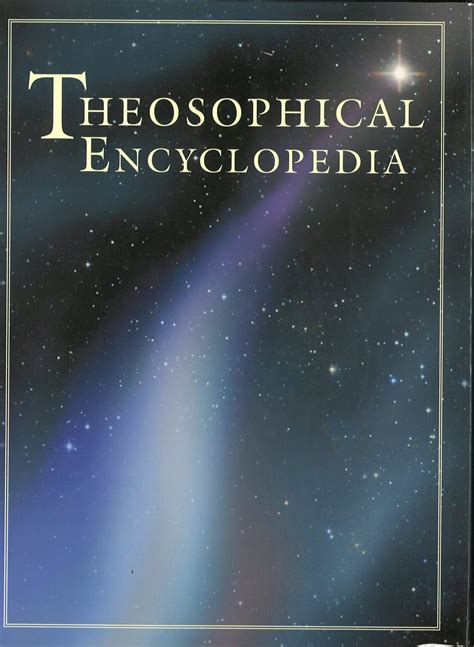(Avatāra) An incarnation — literally “descent” in Sanskrit (from ava-tṝ, “cross over”) — of a divine being, usually written “avatar.” Thus Sri Krishna (“Kṛṣna”) is said to be an avatar of Viṣṇu (usually written “Vishnu”). Tsong-ka-pa, founder of the Tibetan Gelugpa sect, is said to be the incarnation of Amitabha, an important Bodhisattva in Mahayana Buddhism and supposedly the celestial name of Gautama Buddha.
According to theosophical literature, an avatar requires three elements: (a) the inspiring divine being, (b) an intermediate soul such as that used by a Buddha or Bodhisattva, and (c) a physical body which is clean and pure. Thus Sankaracarya — sometimes identified as Adi-Sankara to distinguish him from the later philosopher called Sankaracarya (788-820) — was considered by Blavatsky an avatar who made use of the “astral ego” of Gautama Buddha (CW XIV:390).
The descent of avatars, says Blavatsky, is caused by a bija or seed, a life-germ contained in a mysterious principle called “Maha-Vishnu.” Such a descent is not caused by karma, as the divine being is beyond personal karma (CW XIV:370).
The Vishu Purana identifies nine avatars as follows: Matsya (Fish), Kurma (Tortise), Varaha (Boar), Nara-simha (Man-Lion), Vamana (Dwarf), Parasurama (Rama-of-the-Axe), Ramacandra (lit. “charming moon” in Sanskrit, hero of the epic poem Ramayana), Sri Krishna (a hero of the epic Mahabharata; narrator of the Bhagavad-Gita) and Kalkin (the avatar yet to come, also known as the White Horse Avatara because he will appear at the end of the KALI-YUGA riding a white horse). Medieval Hinduism added Gautama Buddha as a tenth avatar (inserted between Sri Krishna and Kalkin), probably in an effort to lure Hindu converts to Buddhism back into the “fold,” as it were.
V.H.C./R.W.B.
© Copyright by the Theosophical Publishing House, Manila
 This Theosophical Encyclopedia contains all the articles of the printed Theosophical Encyclopedia published by the Theosophical Publishing House, Manila. In addition, new articles that are not in the printed version are continually being added. Many of the articles are also being updated.
This Theosophical Encyclopedia contains all the articles of the printed Theosophical Encyclopedia published by the Theosophical Publishing House, Manila. In addition, new articles that are not in the printed version are continually being added. Many of the articles are also being updated.